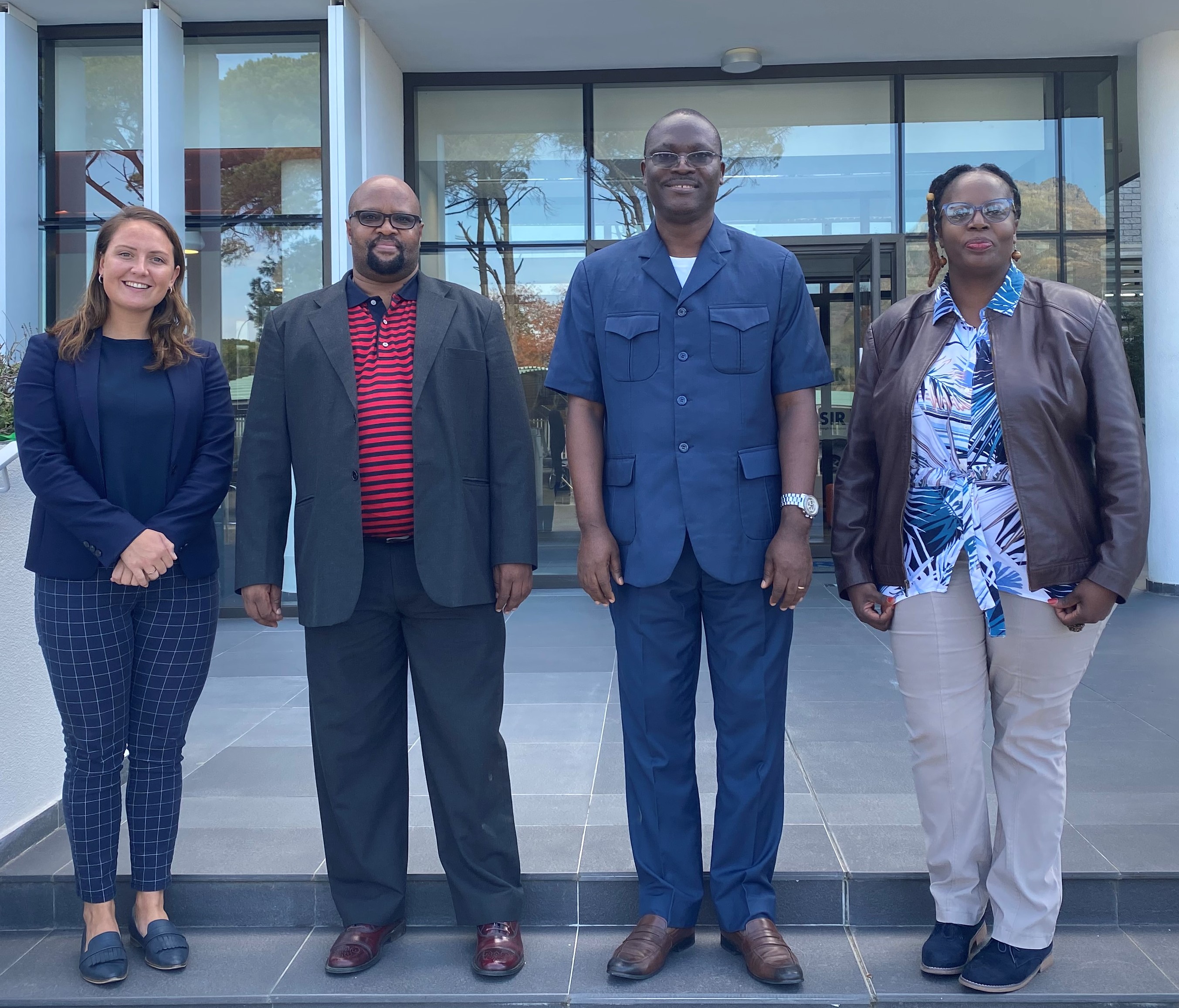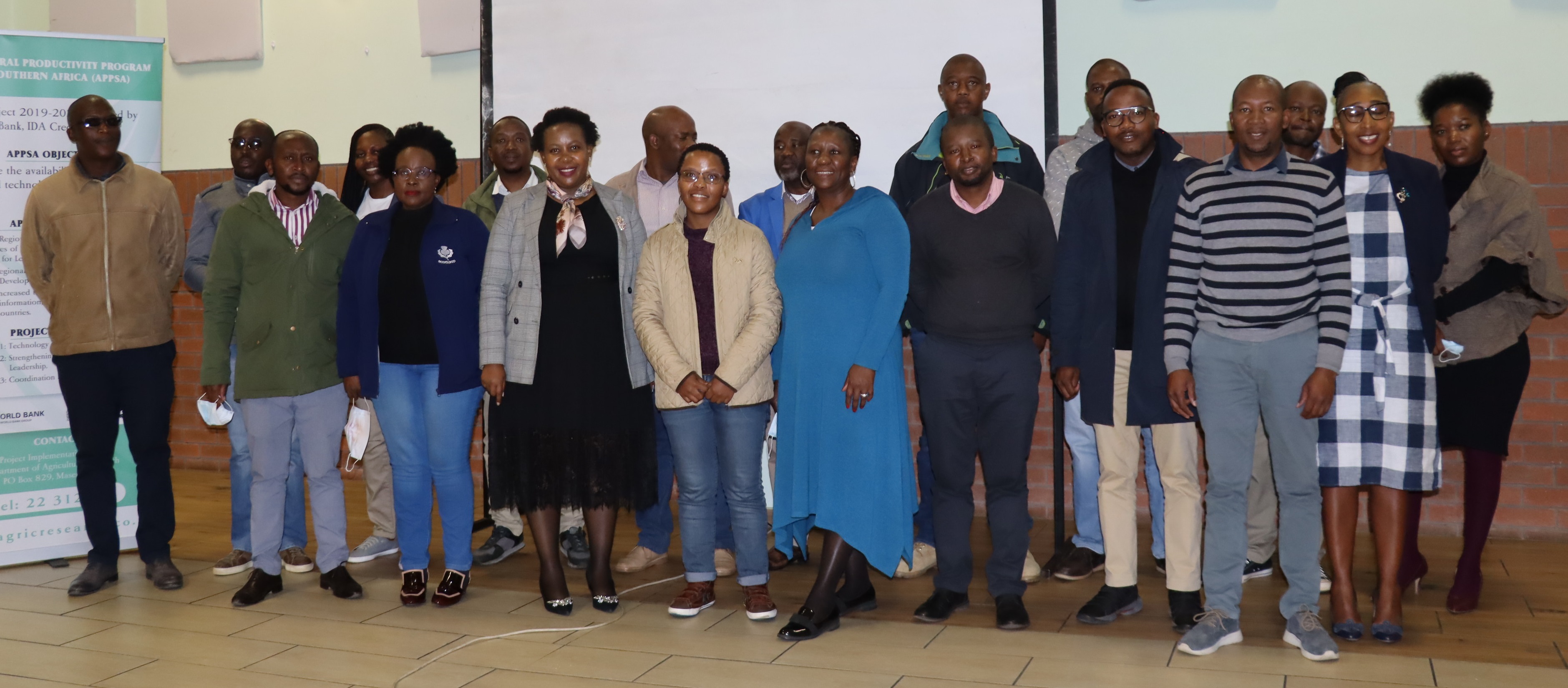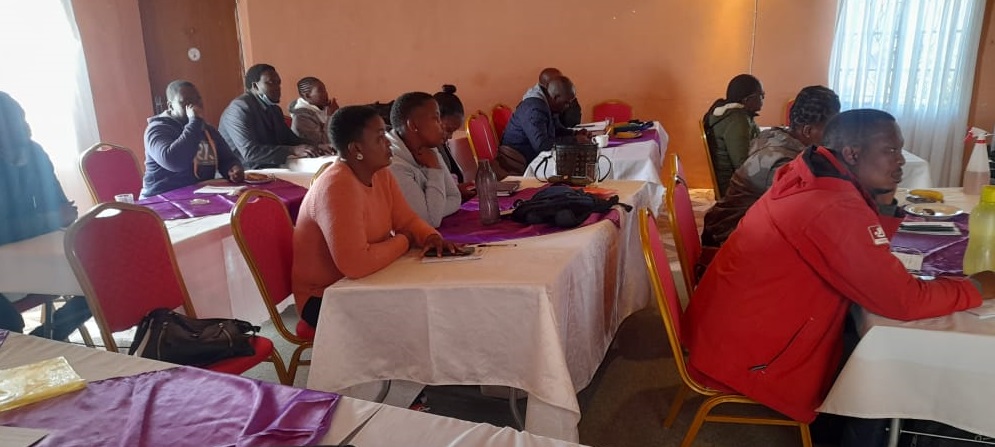Green manure/cover crops and crop rotation in conservation agriculture on small farms
The information utilized in this work is based on research done principally at the Choré Experimental Station of the Direction of Agricultural Research (DIA/MAG). Also used are experiences developed in pilot areas, especially in Paraguarí, Edelira, Minga Guazú, Caaguazú, Guairá, Caazapá, and San Pedro, among others. Diffusion and extension activities were carried out through the Direction of Agrarian Extension (DEAG), cooperatives, farmers’ associations, self-help groups, etc. The objective of this publication is to offer a reference material for extensionists, professors, agronomy students, technicians in general, and for farmers themselves. Through information that is up-to-date and richly illustrated, it strives to facilitate the adoption and diffusion of No-Tillage, the use of green manures, and the practice of crop rotation on small farms. The wealth of this work is that it brings together the experiences of farmers, extensionists, and researchers in a way that is simple, understandable, and practical. It describes the principal species of green manures and, at the same time, informs in detail how to insert green manures into small farm production systems according to soil fertility and major crops. It also deals with the residual effect of green manures on main crops and analyzes the economic implications of these practices. Furthermore, it describes the results obtained in the recuperation of extremely degraded soils. Finally, this work strives to show the way to achieve an agriculture that is more productive, profitable, competitive, and sustainable, with the objective of improving the quality of life of rural families.
Florentin, M.A., et al., 2011. Green manure/cover crops and crop rotation in Conservation Agriculture on small farms. Food and Agriculture Organization. Rome, Italy.











